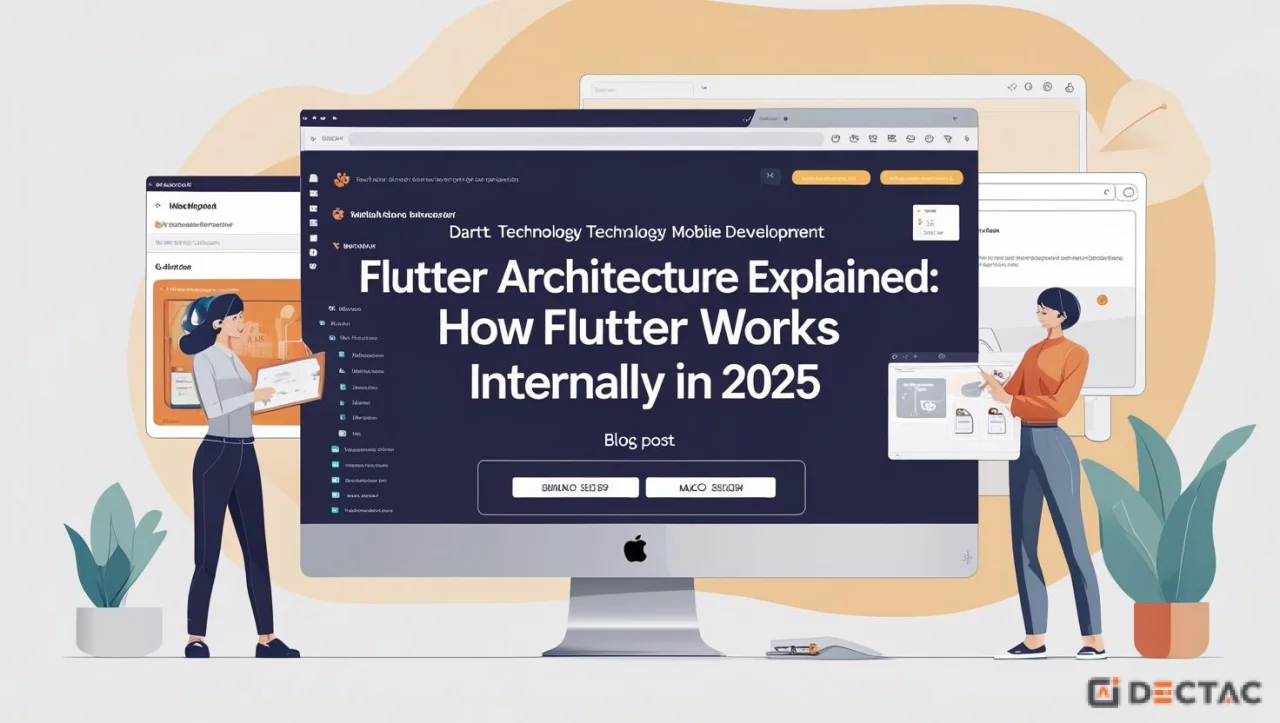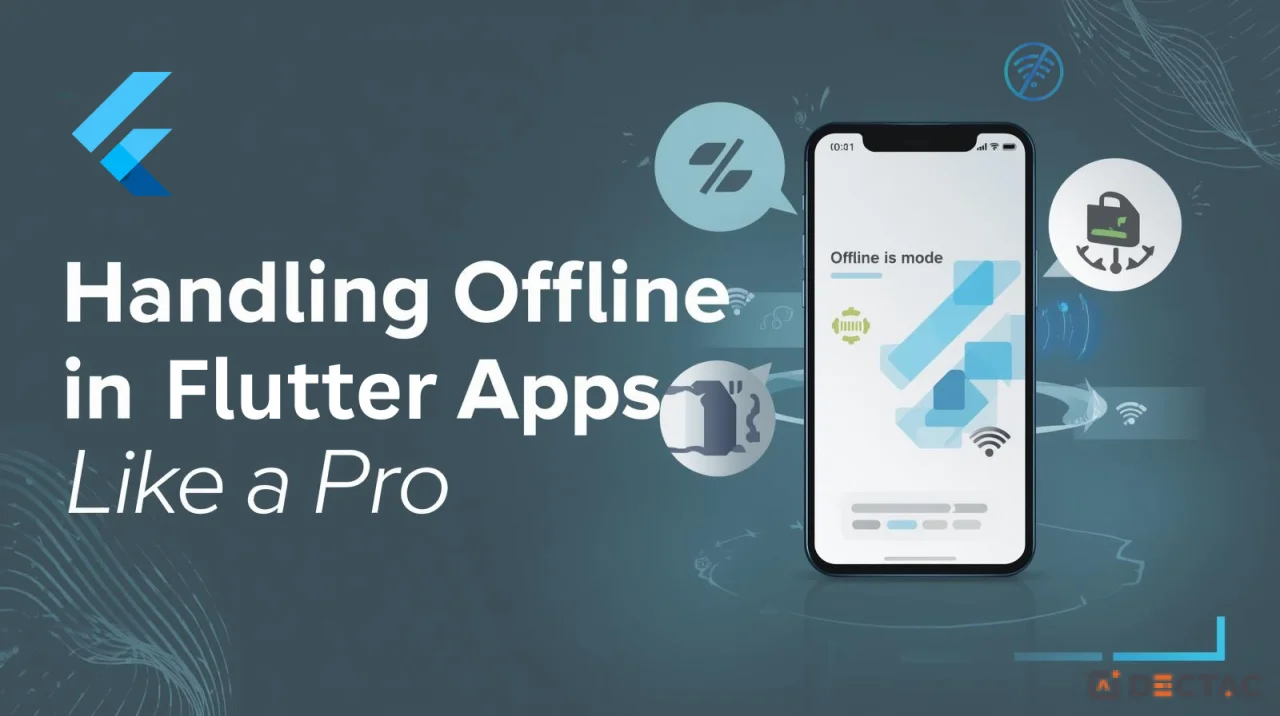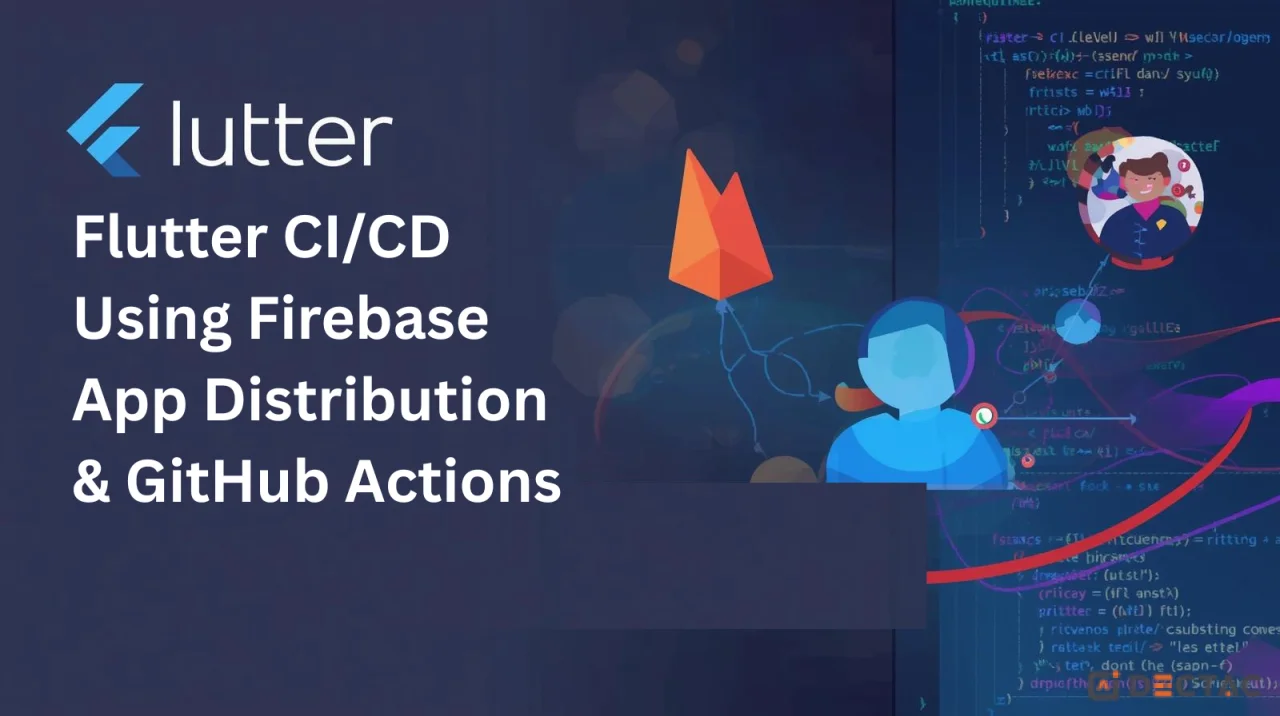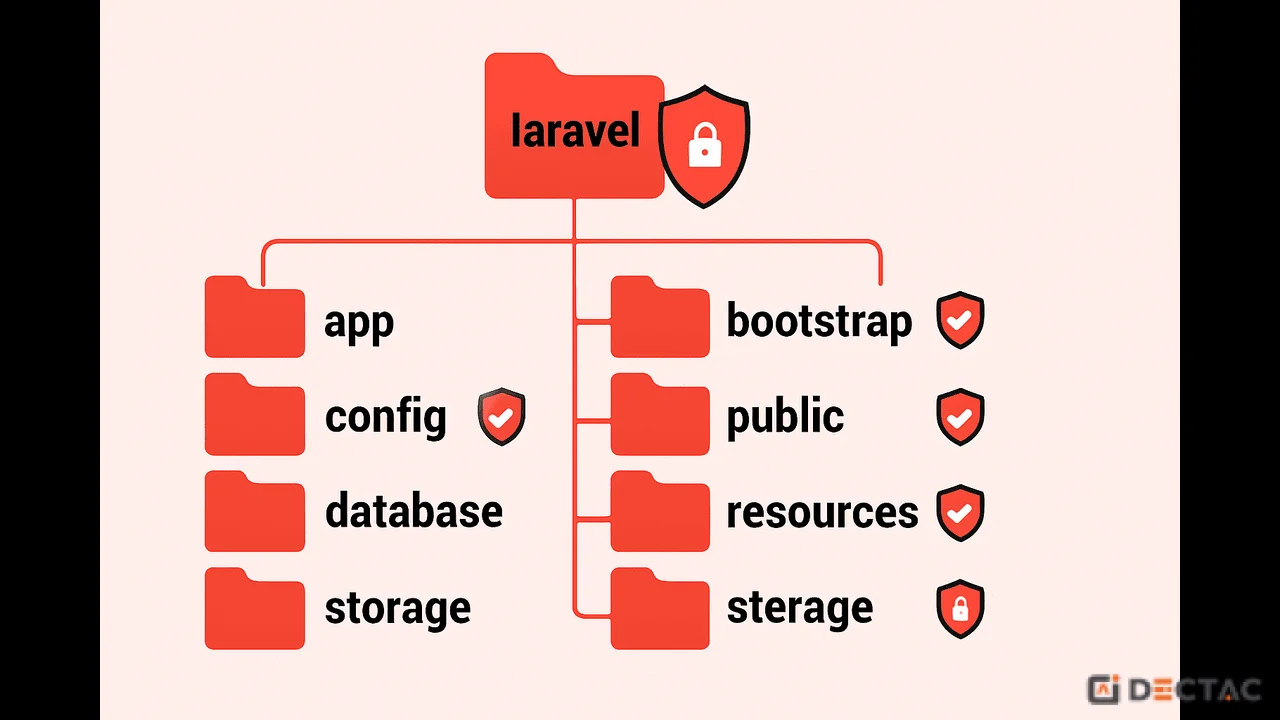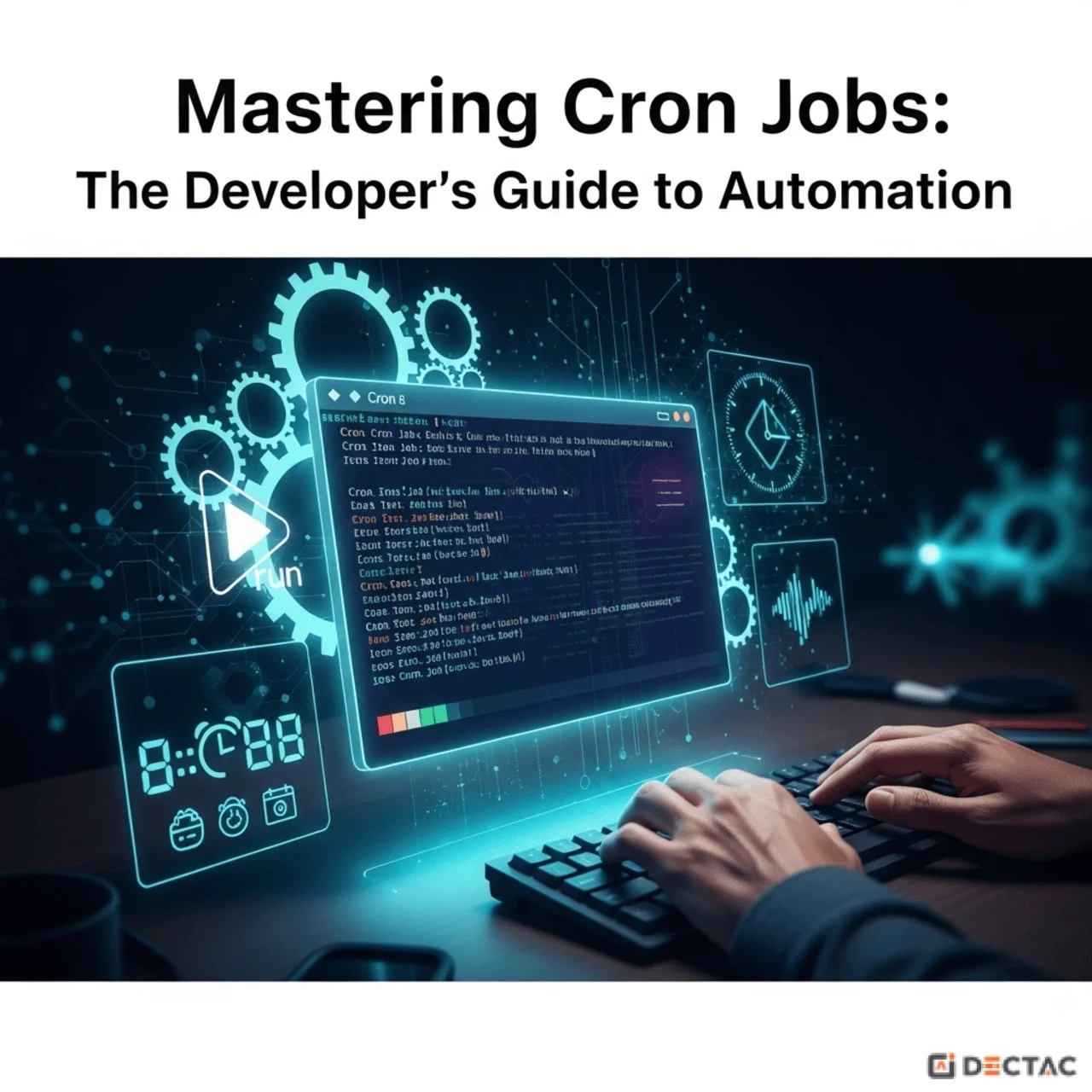Introduction
In the world of cross-platform app development, Flutter continues to dominate in 2025 as a powerful UI framework supported by Google. Developers can create apps for Android, iOS, Web, desktop, and even embedded platforms with Flutter, which is well-known for its single codebase, excellent performance, and native-like user experience.
But what truly makes Flutter unique is its robust internal architecture—a well-thought-out design that ensures seamless rendering, fast performance, and developer productivity.
What Is Flutter?
Using the open-source UI toolkit Flutter, applications built for desktop, web, and mobile platforms may be made from a single Dart codebase. It offers a wide range of widgets, smooth animations, and performance close to native applications.
In 2025, Flutter is more powerful than ever, with increasing support for:
- Embedded platforms (e.g., smart displays, automotive apps)
- AI integrations
- Web and desktop-level optimizations
Flutter’s Layered Architecture
Flutter’s architecture is divided into three key layers:
1- Framework Layer (Dart)
The majority of developers work with this top layer. Written in Dart, it includes:
- Widgets (Material, Cupertino)
- Rendering library
- Animation and gesture libraries
- Foundation classes (Text, Container, etc.)
2- Engine Layer (C++)
The middle layer, built with C++, handles:
- Low-level rendering using Skia
- Text layout and font rasterization
- Asset management
- The Dart Runtime (AOT for production, JIT for development)
3- Embedder Layer (Platform-Specific)
The bottom layer, written natively per platform (Java/Kotlin for Android, Swift/Obj-C for iOS), is responsible for:
- Starting the Flutter engine
- Creating app windows
- Handling input events (touch, keyboard)
- Integrating native services like camera, GPS, etc.
How Flutter Works Internally (Step-by-Step)
Let's look at how a Flutter application functions internally:
Step 1: Widget Tree Creation
The app starts by creating a widget tree. Every UI element in Flutter is a widget—text, image, button, layout—everything.
Step 2: Element Tree & Render Tree
Flutter then generates:
- Element Tree: Manages widget instances and lifecycle.
- Render Tree: Responsible for layout and painting. Each widget corresponds to a RenderObject.
Step 3: Layout Phase
The tree is traversed by Flutter to determine each widget's:
- Size
- Position
- Constraints
Step 4: Painting Phase
Flutter utilises the Skia rendering engine to apply the user interface to a canvas.
Step 5: Compositing & Rasterization
- Composites layers using GPU-accelerated rendering
- Rasterizes frames and displays them to the screen at 60–120 FPS
This entire process is done without relying on native UI components, giving Flutter pixel-perfect control over rendering.
Key Components in Flutter Architecture
1- Widgets
- StatelessWidget: UI that doesn’t change dynamically.
- StatefulWidget: UI that depends on mutable state (e.g., forms, toggles).
2- BuildContext
A reference to the widget tree that allows communication between parent and child widgets.
3- RenderObject
Represents an object that needs to be laid out and painted. It directly connects to Flutter's rendering pipeline.
4- Platform Channels
Used to exchange information between native code (Android/iOS) and Dart (Flutter). For example, to access:
- Camera
- Location services
- Device sensors
Rendering Engine: Skia
Flutter uses Skia, a powerful 2D graphics engine, to create apps that are quick and visually appealing.
Skia Benefits:
- Draws every pixel, providing full control
- Eliminates UI inconsistencies across platforms
- Supports custom transitions and animations
Because Flutter renders everything on its own, it completely avoids using native user interface elements. This is why Flutter looks and behaves the same on every platform.
Dart Runtime & Compilation
The programming language used by Flutter is Dart, which supports two compilation formats:
- For quick hot reloads during development, JIT (Just-in-Time) is used.
- Production uses AOT (Ahead-of-Time) to write native code that is quick and efficient.
Dart is perfect for I/O-intensive applications and fluid animations because of its asynchronous features and garbage collection.
Platform Embedder Layer
Each platform (Android, iOS, Web, Windows, macOS) has its own embedder that:
- Hosts the Flutter engine
- Provides windowing and input events
- Integrates platform services like notifications, file access, or sensors
This separation allows Flutter to be portable and scalable.
Flutter Rendering Pipeline Simplified
Let’s simplify the entire pipeline into 7 key steps:
- Input Event: User touches or interacts
- Framework Layer: Updates the widget tree
- Element Tree Update: Triggers state changes
- Render Tree Update: Recalculates layout
- Painting: Widgets are painted on the canvas
- Compositing: Layers are prepared for display
- Rasterization: Final frame is shown on screen
This entire process can happen in milliseconds, delivering smooth, 60+ FPS animations.
Advantages of Flutter's Architecture
High Performance
- Native code compilation via Dart AOT
- GPU-accelerated rendering via Skia
UI Consistency
- Doesn’t rely on OEM components
- Offers pixel-perfect control over UI
Rapid Development
- Hot Reload and Hot Restart
- Easy debugging with Flutter DevTools
Scalable Across Platforms
- Shared codebase for mobile, web, desktop, and embedded
- Uniform design and logic implementation
Flutter in 2025: Trends & Evolution
In 2025, Flutter is expanding into new territories:
- Flutter Embedded: Used in IoT devices, infotainment systems, smart TVs
- Web 2.0 support: Better SEO, accessibility, and responsiveness
- AI & ML Integration: Using TensorFlow Lite, developers can embed smart features
- 3D rendering capabilities (experimental)
- Zero-config deployment tools via Firebase & Codemagic
Flutter has evolved into an ecosystem of applications rather than only a mobile framework.
Who Should Understand Flutter Architecture?
Even if you’re not a low-level engineer, knowing how Flutter works internally helps you:
- Write more efficient apps
- Debug performance issues
- Make informed architectural choices
- Optimize for responsiveness and memory usage
Roles that benefit:
- Flutter Developers
- UI/UX Designers
- Tech Leads & Architects
- Students & Learners
Conclusion
Flutter’s internal architecture is what makes it so powerful, flexible, and future-ready. Its three-layered design, Skia-powered rendering, and Dart runtime work seamlessly to deliver fast, visually consistent apps across platforms.
As Flutter evolves into an all-in-one solution for cross-platform development in 2025 and beyond, understanding its architecture is no longer optional — it’s a strategic advantage for developers and businesses alike.
Whether you're building your first Flutter app or managing a large-scale enterprise project, a deep grasp of Flutter’s internal workings ensures you're equipped to deliver fast, beautiful, and maintainable applications.

